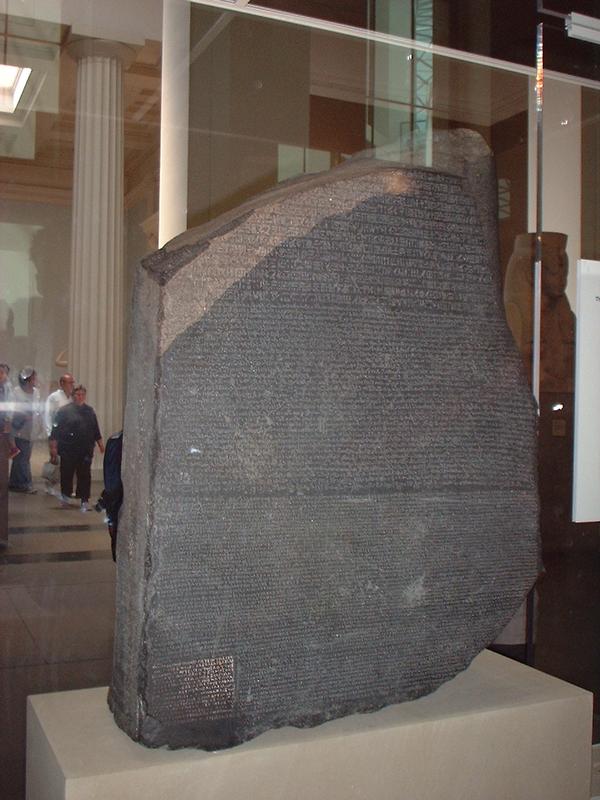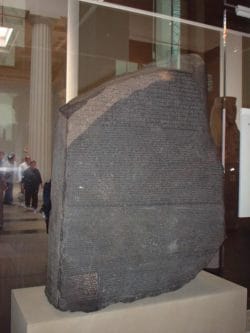
DataMatrix and schema.org are two pretty different standards: one is for annotated physical objects with machine readable information, the other is used to annotate web-pages wth machine readable information. You could technically combine both: embedding JSON inside a 2D code is not unheard of, that’s how the Covid vaccine certificate is implemented.
By and large, these are two carriers: JSON-LD and DataMatrix, and two data representations: the schema.org and the GS1 one. There carriers can be swapped, for instance micro-data for schema.org, and QR-Code for the GS1 data. Generally the two standards coexist independently, even though there is quite some overlap between the Application Code within a 2D Barcode and an instance of IndividualProduct.
So I decided to make a small rosetta stone to show the mapping between the two systems.
| GS1 | Schema.org | Note | ||
|---|---|---|---|---|
| Code | Format | Field | Format | |
| 01 | GTIN-14 | gtin | Text or URL | |
| 11 | YYMMDD |
productionDate | Date | |
| 21 | variable length | serialNumber | Text | |
| 240 | variable length | mpn | Text | |
| 241 | variable length | sku | Text | |
| 422 | variable length | countryOfOrigin | Text | |
| 3XXX | Number (6 digits) | size | SizeSpecification | Codes with prefixes 31, 32, 33, 34 and 35 represents various physical measurements of the product. |
| 7001 | NSN | nsn | Text | |
| 8008 | Variable length | productionDate | Date | This AI also allows to specify the time of production. |
| 8200 | URL | url | URL | |
Of course, this table is far from complete, and I feel there are many fields that should be present in the schema.org side. But I find it interesting that there are quite a few equivalences.
